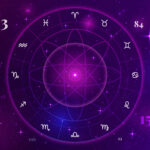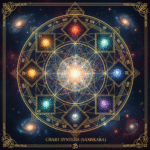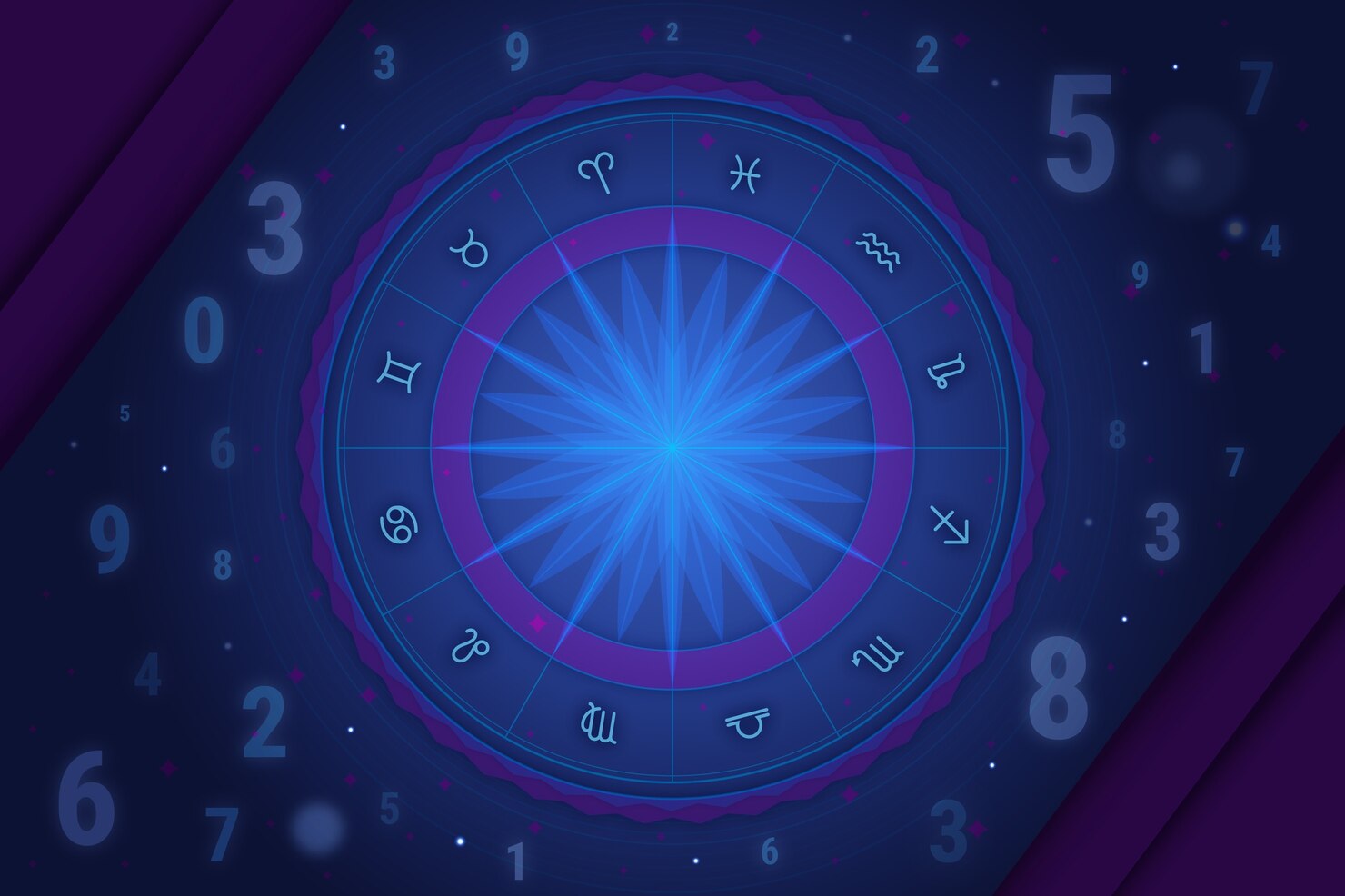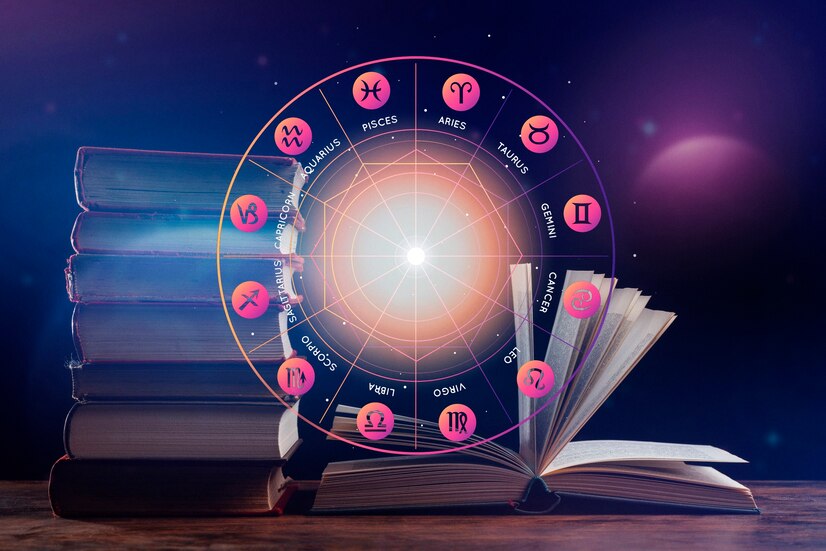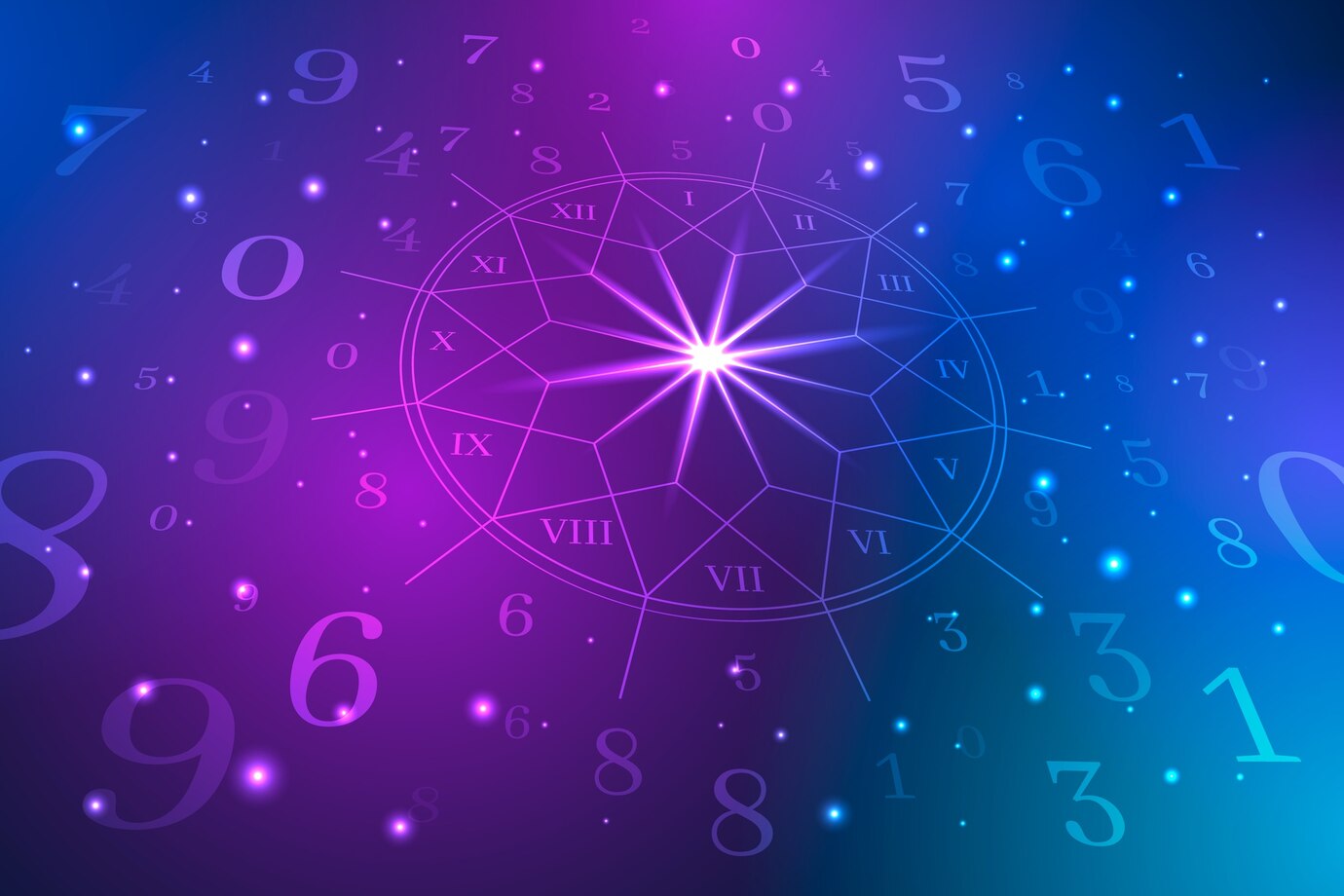In the grand celestial blueprint of your life, your birth chart is divided into 12 houses (Bhavas). Each represents an arena of life. Some houses represent your blessings (Trikonas), some your challenges (Dusthanas), and some your growth (Upachayas).
But four of these houses stand apart. They are not just parts of your life; they are the pillars that hold your entire existence together.
These are the Kendra Houses (1, 4, 7, and 10).
Known in angular houses astrology as the “Angles” or “Quadrants,” these four houses are the “power grid” of your chart. They are the load-bearing walls of your destiny. Their strength determines not just your potential, but your power to act, your stability, and your visible impact on the world.
Welcome to the foundational study of the kendra houses vedic system, the very architecture of your power.
The Engine of Power: The Core OREO Argument
Let’s begin with the most critical insight, the one that separates a novice from an expert.
Opinion: The Kendra Houses are not just four of the twelve houses; they are the active engine and structural foundation of your entire chart. Their condition dictates your real-world power, stability, and ability to manifest your destiny.
Reason: Because they are the “cardinal” points of your chart, representing the four fundamental pillars of human experience:
- House 1: The Self (Ascendant)
- House 4: The Home & Heart (Imum Coeli or IC)
- House 7: The Other (Descendant)
- House 10: The Action (Midheaven or MC)
These are the angular houses, the “power stations.” Planets placed here are not “backstage”; they are on stage, under the spotlight, and given the power to act. Their strength is not passive; it is dynamic and visible.
Example: A person with fantastic Trikona houses (5th and 9th) but empty or weak Kendra houses is the “brilliant philosopher who never leaves their room.” They have immense wisdom, creativity, and dharma (purpose), but no power or platform to bring it into the world. Their life is unstable and lacks “traction.”
Conversely, a person with powerful planets in the Kendra houses (even with a weaker 9th house) is the “self-made person.” They may not be “born lucky,” but they have the personal drive (1st), the emotional stability (4th), the strong partnerships (7th), and the relentless work ethic (10th) to build an empire from scratch. They create their own luck through action.
Opinion/Restatement: This is why the most powerful Raja Yogas (Royal Combinations) almost always involve a connection between a Kendra (Power) and a Trikona (Purpose). The Trikona provides the blessing, but the kendra bhava provides the power to make that blessing manifest. They are the engine that makes the car go.
The Four Pillars of Your Temple: A Metaphor
To truly grasp the power of the kendra houses vedic system, use this metaphor:
Your life is a grand temple.
- The Trikona Houses (1, 5, 9) are the “altar” and the “deity” within. They are the sacred purpose and divine grace of your life.
- The Kendra Houses (1, 4, 7, 10) are the four massive stone pillars that hold up the roof.
If your pillars are strong (with exalted planets, benefics, or well-placed lords), your “temple” is a magnificent, unshakeable fortress. You can withstand any storm. Your life has stability, power, and presence.
But if your pillars are weak (empty, with afflicted or debilitated planets), your “temple” is unstable. The roof is wobbly, and you feel insecure. No matter how beautiful your “altar” (your purpose), you live in constant fear of collapse.
Your stability, your power, and your ability to “hold your space” in the world rests entirely on these four pillars.
Tour of the Quadrants: The Four Pillars Explained
Let’s examine each of these quadrants vedic astrology highlights.
Pillar 1: The 1st House (Lagna) – The Pillar of SELF
- What it is: The Ascendant. It is you. Your body, your identity, your vitality, and your personality.
- Its Function: This is the main foundation pillar. It is the only house that is both a Kendra (Power) and a Trikona (Purpose). Its strength is non-negotiable.
- Significance: A strong 1st House gives you personal power, charisma, health, and the “juice” to engage with life. If this pillar is weak, all other pillars are compromised, because the “self” is not strong enough to build a home (4th), hold a partnership (7th), or pursue a career (10th).
Pillar 2: The 4th House (Sukha Bhava) – The Pillar of FOUNDATION
- What it is: Your roots. Your mother, your home, your emotional peace (sukha), and your internal happiness.
- Its Function: This is your anchor. It is the “midnight” point of the chart—your private, hidden base of operations.
- Significance: A strong 4th House gives you emotional stability. It is the secure “home” you return to that gives you the peace and rest needed to go out and “fight” in the 10th House (career). You cannot build a public empire (10th) if your private foundation (4th) is in chaos.
Pillar 3: The 7th House (Kalatra Bhava) – The Pillar of OTHERS
- What it is: The Descendant. It is the “other.” Your spouse, your business partners, and all one-to-one relationships.
- Its Function: This is your mirror. It is your “public self” and your power to relate, negotiate, and build alliances.
- Significance: A strong 7th House gives you the power of partnership. We cannot succeed alone. This pillar gives you stable relationships that support your journey. A weak 7th house means your “mirror” is cracked, and your relationships (personal and professional) drain your power instead of building it.
Pillar 4: The 10th House (Karma Bhava) – The Pillar of ACTION
- What it is: The Midheaven. Your career, your status, your legacy, and your most visible public actions (karma).
- Its Function: This is the peak pillar. It is the “noon” point of the chart—your most visible achievement, reaching for the sky.
- Significance: A strong 10th House gives you the power to achieve. This is your “throne” (Rajya Bhava). It’s your ability to command, to lead, and to have a tangible impact on the world. This is the ultimate expression of your power in society.
The Power of the Kendra Bhava
Planets placed in a kendra bhava are like a person being given a “corner office” or a “commanding post.” They are imbued with strength. This is most powerfully seen in the concept of Dig Bala, or “Directional Strength.”
- Jupiter & Mercury get Dig Bala in the 1st House (Self/Intelligence).
- Moon & Venus get Dig Bala in the 4th House (Home/Emotions).
- Saturn gets Dig Bala in the 7th House (Others/Contracts).
- Sun & Mars get Dig Bala in the 10th House (Action/Authority).
The universe wants these planets to be strong in these specific “pillars.”
The Paradox: Kendradhipati Dosha
Here is the “expert-level” secret of the Kendras. They are so powerful that they can sometimes be a problem. This is called Kendradhipati Dosha, or the “Blemish of Owning a Kendra.”
This only applies to natural benefics (Jupiter, Venus, and to a lesser extent, Mercury and the Moon).
- The Logic: Kendras are houses of worldly power and action. Malefics (Sun, Mars, Saturn) thrive on this. It’s their job.
- The Blemish: When a “nice” benefic like Jupiter or Venus is given the “hard” job of ruling a power-pillar, they can struggle. Their gentle, spiritual nature is burdened with worldly responsibility.
- The Result: This can manifest as complacency (thinking blessings will come without effort), or that their “goodness” gets corrupted by the demands of power. It’s a reminder that power (Kendra) and purpose (Trikona) must always be balanced.
Your Foundation for Life
The angular houses astrology is the study of your personal power. Look to your four pillars.
Are they strong? Are they occupied by powerful planets? Do their “lords” (the planets that rule them) support each other?
A person with four strong, well-supported pillars is an unshakeable force of nature. They have a strong Self, a stable Home, powerful Partnerships, and a commanding Career. They have a life of power, stability, and impact.
What do your “pillars” look like? Which one do you feel is your strongest anchor in life? Share your insights in the comments below.



